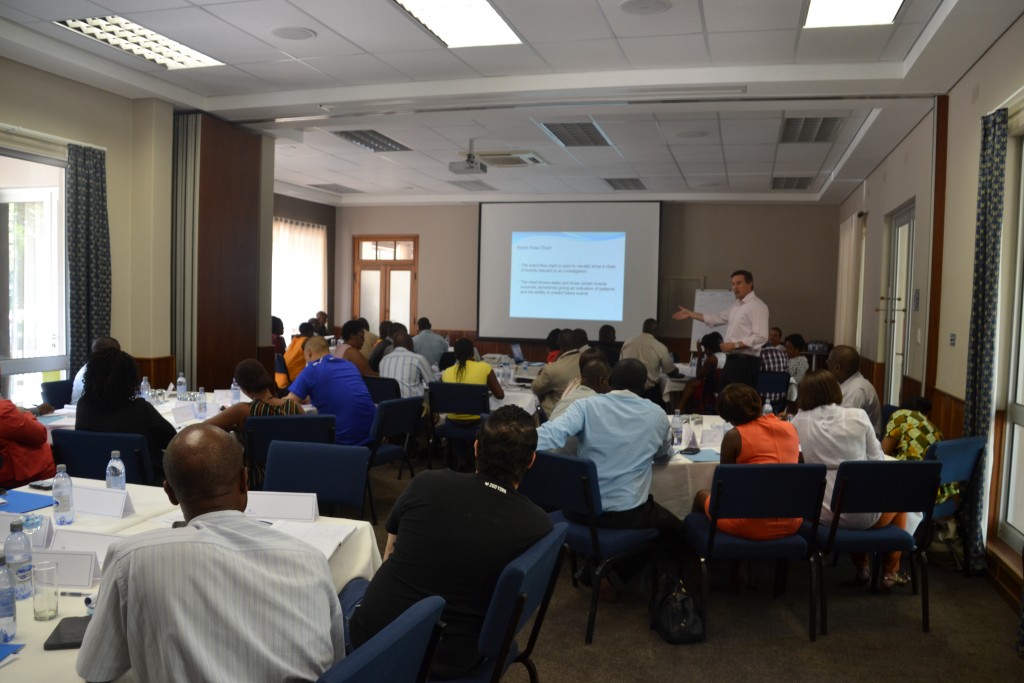“NAB’s investment in its financial crimes operations is yielding hundreds and thousands of alerts a year, but the bank is still grappling with how much of the data it is generating is useful for its staff and regulators.” Transaction monitoring in complex business such as banks is a serious challenge. It is even moreso for smaller businesses who don’t have the human and financial resources to invest in technology.
There are reasonable questions to be asked, considering the enormous investments being made. As the lead intelligence agency in this field, shouldn’t AUSTRAC be providing market leading intelligence to reporting entities for transaction monitoring? The last Typologies & Case Studies Report is from 2014. Can industry rely on this?
If you’re not in the Fintel Alliance how do you build meaningful and current algorithmic rules for transaction monitoring? And what if you don’t have an IT system to perform transaction monitoring? The answer seems to be – have a go and hope for the best – but the regulator will whack you if you’re wrong.
The remittance sector has been deemed by AUSTRAC as a high risk sector, however, most remitters have English as a second language and do not have strong computer skills. Their business practices are simple and they do not have a good understanding of what constitutes transaction monitoring, let alone how to physically do something on MS Excel. Mention velocity and jurisdiction rules and you will see confusion wash over them. This is the reality. If an organisation the size and sophistication of PAYPAL can get transaction monitoring wrong, what hope do the smaller remitters have?
AUSTRAC is over 30 years old now, so should have extensive transaction monitoring skills which should be used to educate industry. Perhaps it’s time for a forum where AUSTRAC demonstrate transaction monitoring for small & medium enterprises. AUSTRAC needs to evolve to the next level and provide intelligence driven assistance to improve transaction monitoring by the regulated population.





